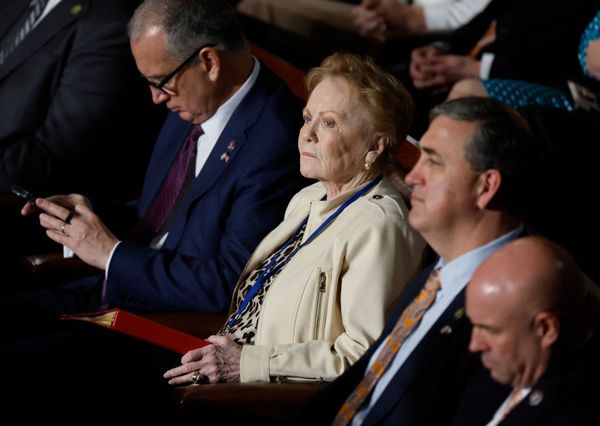The core inflation rate that the Fed has typically watched most closely eased further in December. Yet Fed chief Jerome Powell has recently put the focus on a new "most important" inflation rate to make the case for continued rate hikes: core PCE services less housing. The good news: Powell's new favorite indicator slipped to 4.1% last month. The S&P 500, coming off Thursday's rally, turned higher in Friday morning stock market action following release of the data.
The overall PCE (personal consumption expenditures) price index edged up 0.1% on the month vs. expectations of a flat reading. However, the PCE inflation rate continued to ease from June's 40-year high of 7%, slipping to 5%, in line with estimates. Core prices, minus food and energy, rose 0.3% on the month as the annual core inflation rate eased to 4.4%, as expected.
The Commerce Department's personal income and spending data also showed personal consumption expenditures fell 0.2%. Spending ended the year on a soft note, falling for two straight months. Adjusted for inflation, spending fell 0.3%.
This S&P 500 rally is at least partly built on belief that inflation will continue its steady retreat even as the U.S. economy avoids a hard landing. That suggests the Fed pausing rate hikes after quarter-point moves next Wednesday and on March 22. Markets expect Fed rate hikes to turn to rate cuts late this year.
Fed Chair Powell's New Inflation Rate
That bullish scenario seemed to get support from the December's PCE inflation data. That's the case even though Powell has tried to shift the focus to areas of the economy where he thinks inflation may prove most persistent: PCE services excluding energy and housing.
That category, which includes health care, education, haircuts, hospitality and more, accounts for about 50% of consumption. Powell has called it "the most important category for understanding the future evolution of core inflation." That's because price changes for such services are closely tied to wage growth. If the labor market remains extremely tight, high services inflation may persist.
The focus on this statistic is so new that it isn't provided in Commerce Department's report or a subject of Wall Street estimates. IBD calculations show that the price index for PCE services minus housing and energy rose 0.3% on the month and 4.1% from a year ago, down from 4.3% in November.
Still, Powell's new favorite inflation indicator has a lot further to fall. By contrast, December CPI data from the Labor Department showed that inflation in services excluding shelter had dived to a 1.2% annual rate in Q4.
That tepid CPI data greatly exaggerated the Fed's progress in fighting inflation, underscoring the huge differences in the way the government measures PCE inflation and CPI inflation.
PCE Vs. CPI Inflation
The PCE covers a much broader range of spending than the CPI, which only reflects out-of-pocket spending. The distinction matters, especially when it comes to health care. Employers and the government pay a huge share of medical bills, which the CPI ignores. While medical care services make up only 7% of the CPI's basket of household purchases, health care services account for nearly 16% of PCE.
Not only that, but the CPI's medical services inflation gauge began falling rapidly in October. That drop should continue, but it's not really indicative of current pricing. It reflects insurer profits reported last fall.
Among numerous other differences, Powell's new PCE services inflation measure also includes dining out. However, CPI data groups food away from home with goods, not services.
What Does This Mean For S&P 500?
Persistent inflation in Powell's services category could keep Fed policy tighter for longer, but that's far from clear. The real key to inflation and Fed policy is wage growth. December's jobs report showed wage growth cooling to a 4% annual rate in Q4. That's not too far above the 3.5% wage growth that Powell has said could be consistent with the Fed's 2% inflation target.
If moderation in wage growth continues, the Fed can be more patient in waiting for inflation to subside. Two reports on wage growth next week loom large: Tuesday's Q4 Employment Cost Index and Friday's January jobs report.
Meanwhile, the S&P 500 has stayed in rally mode, rising 0.3% on Friday. The benchmark has now pushed to its highest level since Dec. 13, and trades just a fraction below the 4,100 mark. That's where December's rally was turned back.
As of Thursday's close, the S&P 500 was 15.35% below its record closing high, but up 13.5% from its bear-market closing low on Oct. 12.
Be sure to read IBD's The Big Picture each day to stay in sync with the market's underlying trend and what it means for your trading decisions.







